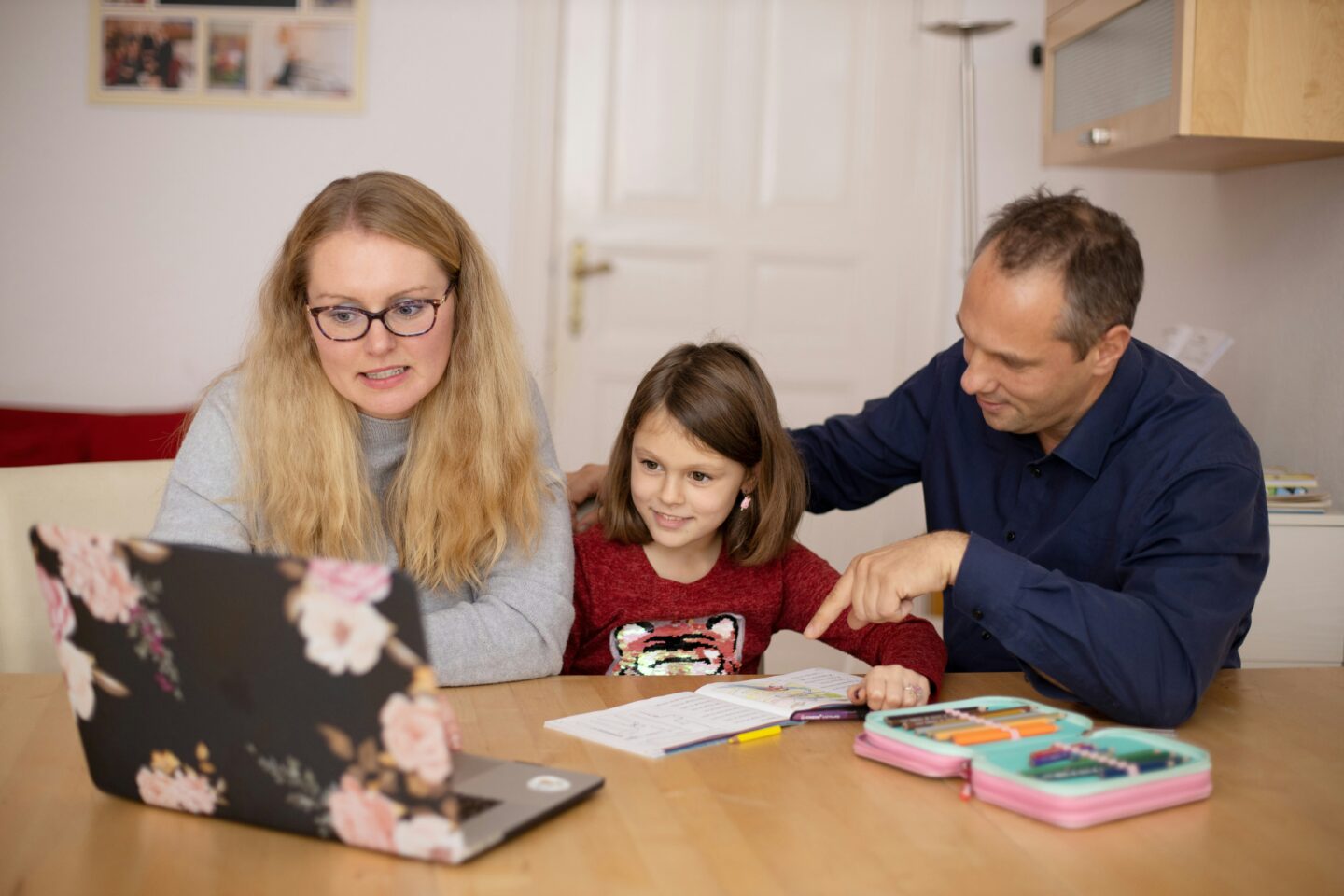In today’s digital age, technology is an integral part of everyday life, especially for teens. From social media to video games, screens are everywhere, and while they can offer entertainment and educational benefits, excessive screen time can negatively impact your teen’s mental health. As a parent, it’s essential to find a balance between promoting the positive aspects of technology and ensuring your teen is taking care of their emotional well-being.
This post will explore how to set healthy boundaries for technology use, offer tips for balancing screen time with offline activities, and discuss how to foster positive digital habits in your family.
Why Technology Use Can Affect Mental Health
Before diving into strategies, it’s important to understand why too much screen time can harm mental health. Research has shown that excessive use of technology, particularly social media, can contribute to:
- Increased Anxiety and Depression: Constant exposure to idealized images and the pressure to keep up can lead to feelings of inadequacy or isolation.
- Sleep Disruption: Excessive screen time, especially before bed, can interfere with sleep patterns, leading to fatigue and irritability.
- Social Isolation: While technology can foster connections, it can also take away from face-to-face interactions, contributing to feelings of loneliness.
- Reduced Physical Activity: Spending long hours on screens often means less time spent engaging in physical activity, which is essential for both physical and mental well-being.
Setting Healthy Boundaries for Technology Use
As a parent, setting boundaries around technology use can help protect your teen’s mental health while allowing them to enjoy the benefits of digital spaces. Here are some practical steps to take:
Create Screen-Free Zones
Establish specific areas in your home where technology is off-limits, such as the dining room or bedrooms. This encourages family interactions and ensures your teen isn’t spending too much time isolated with their devices.
- Example: “At dinner, we keep all phones and devices in another room so we can talk and enjoy our meal together.”
Set Time Limits for Screen Use
It’s important to set a daily limit on screen time. Consider the recommendations from health professionals, which suggest limiting recreational screen time to 1-2 hours per day for teens. Ensure that screen time doesn’t replace other activities like homework, exercise, or family time.
- Example: “Let’s set a timer for one hour of screen time, then we can do something else, like going for a walk or playing a game together.”
Encourage Healthy Digital Habits
Teach your teen to use technology mindfully. Encourage them to take breaks every hour and engage in offline activities that promote well-being, such as reading, exercising, or spending time with friends and family.
- Example: “Every hour, take a 10-minute break. Stretch, grab a snack, or just step away from the screen.”
Be a Role Model
Set an example by balancing your own screen time. Your behavior will influence your teen, so try to practice what you preach by engaging in offline activities and limiting your own technology use.
- Example: “I’m going to put my phone down for the next hour and focus on reading. I’ll be offline so I can be present with you.”

Balancing Screen Time with Offline Activities and Family Time
Designate Technology-Free Times
Set aside time each day or week where all family members unplug from technology. This could be during meals, weekend activities, or family game nights. This allows for more meaningful, face-to-face interactions.
- Example: “Every Sunday, we’ll have a technology-free afternoon where we play board games or go for a hike.”
Encourage Hobbies and Interests Outside of Technology
Help your teen explore offline hobbies like sports, reading, cooking, or art. Encourage them to engage in activities that don’t involve screens, and praise their efforts when they make time for non-digital pursuits.
- Example: “I noticed you’ve been really into painting lately. How about we spend an hour working on a new project this afternoon?”
Exercise Together
Physical activity is not only good for your teen’s body but also for their mind. Whether it’s walking, biking, yoga, or playing a sport, engaging in exercise together can help reduce stress, improve mood, and encourage family bonding.
- Example: “Let’s go for a walk after dinner. It’s a great way to unwind and get some fresh air.”
Support Social Interactions Outside of Technology
Encourage your teen to spend time with friends in person, whether through outdoor activities, sports, or just hanging out. Socializing face-to-face can help boost their self-esteem and provide a healthy alternative to virtual connections.
- Example: “How about you and your friend get together this weekend for a movie night or a game session instead of texting all day?”
Building Positive Digital Habits for Your Teen
While it’s essential to set boundaries, it’s also important to foster positive technology habits that support mental well-being. Here’s how:
- Set Up Privacy and Security Settings
Make sure your teen’s social media accounts are private, and discuss the importance of online safety. Teach them how to recognize harmful content or interactions and encourage them to report anything inappropriate.- Example: “Let’s review your privacy settings together to make sure your information is safe.”
- Encourage Mindful Social Media Use
Social media can contribute to negative feelings, but it can also be a tool for connection and positivity. Encourage your teen to follow accounts that inspire them, promote positivity, and align with their values.- Example: “You follow a lot of influencers who promote mental health and well-being. How about we unfollow any accounts that make you feel bad about yourself?”
- Promote Educational Screen Time
Not all screen time is created equal. Encourage your teen to spend time on apps and platforms that offer educational content, creative outlets, or opportunities for learning.- Example: “I saw this documentary on climate change that you might find interesting. We can watch it together later!”
Finding the Right Balance for Your Family
Balancing screen time with offline activities is crucial for supporting your teen’s mental health. By setting boundaries, encouraging healthy habits, and fostering open communication about technology use, you can create an environment that supports both their digital engagement and their emotional well-being.
It’s all about finding what works for your family and ensuring that technology serves as a tool for connection rather than a source of stress or isolation.
Ready to take control of your family’s screen time and promote healthy digital habits? Contact us today to schedule an appointment with one of our compassionate therapists.





